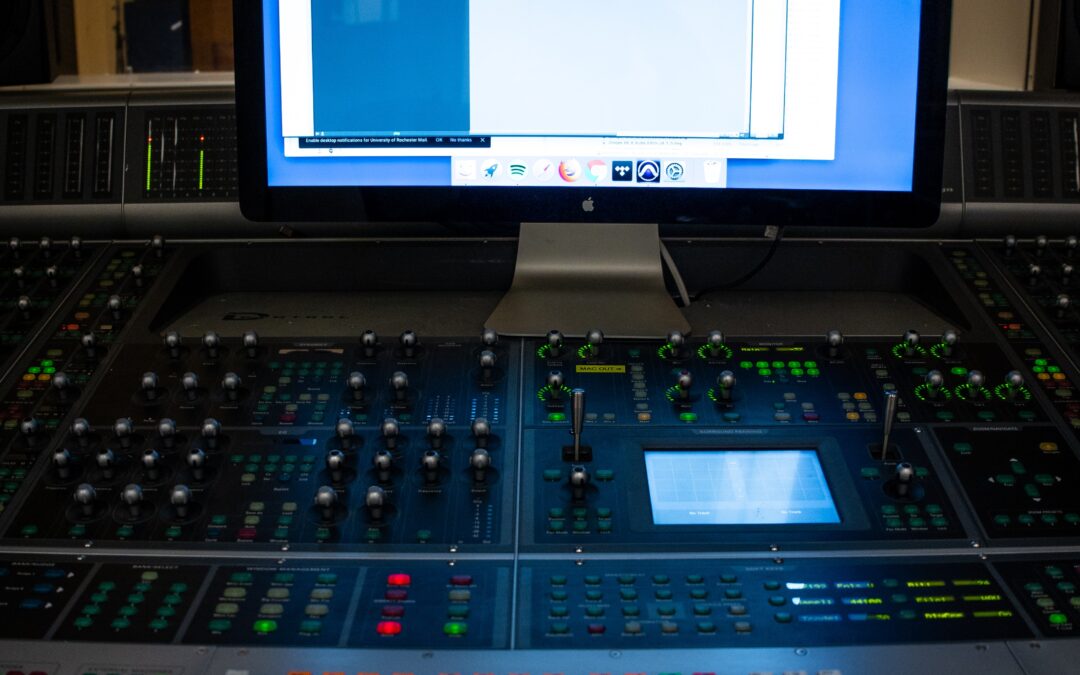A voice-over artist is a professional who uses their voice to record audio for various types of media, such as commercials, films, TV shows, video games, and more. The job of a voice-over artist is to deliver a message, evoke an emotion, or bring a character to life through their voice.
Roles and Responsibilities:
- Voice-over artists are responsible for reading and interpreting scripts for various types of media, such as commercials, TV shows, and films.
- They must understand the tone and emotion of the script and deliver the message in a way that resonates with the target audience.
- Voice-over artists must have a good understanding of pronunciation, pacing, and inflection to ensure that the delivery of the script is clear and effective.
- They must also be able to take direction from directors and producers and adjust their delivery to meet the specific needs of the project.
- Voice-over artists must also be able to create and maintain character voices for animated films, video games, and other types of media.
- They must be able to perform various accents and dialects accurately, and be comfortable performing in front of a microphone.
- Voice-over artists must also have a good understanding of the technology used in recording studios and be able to use it to produce high-quality audio.
- They must be able to work efficiently and meet tight deadlines, as many voice-over projects have short turnaround times.
Qualifications and Requirements:
- A voice-over artist must have excellent vocal skills, including good diction, clear pronunciation, and the ability to convey emotion through their voice.
- They should have a strong, confident speaking voice and be able to adjust their delivery to suit different types of media and audiences.
- They should have a good understanding of acting and be able to create and maintain character voices for animated films, video games, and other types of media.
- A voice-over artist must be able to work well under pressure and meet tight deadlines, as many voice-over projects have short turnaround times.
- They must have good communication skills and be able to take direction from directors and producers effectively.
- Many voice-over artists have a degree in communications, theater, or a related field, but this is not always necessary.
- Voice-over artists should have experience working in a recording studio and using the equipment and software used in the industry.
- Many voice-over artists have a demo reel that showcases their work and highlights their vocal abilities.
Salary and Working Conditions:
- The salary of a voice-over artist can vary depending on their experience, the type of media they are working on, and the length of the project.
- According to the Bureau of Labor Statistics, the median hourly wage for voice-over artists in the United States is $31.50 per hour.
- Many voice-over artists work as freelancers and are paid per project, while others work on a contract basis or as employees of a production company.
- Voice-over artists may work in a recording studio or from their own home studio, depending on the project.
- The working hours of a voice-over artist can vary, but many projects have tight deadlines and require working long hours, including nights and weekends.
Conclusion:
Voice-over artists are an essential part of the media industry and play a crucial role in bringing stories, characters, and messages to life through their voice. They must have excellent vocal skills, be able to interpret scripts, and work well under pressure to deliver high-quality audio. With the growth of the media industry, the demand for voice-over artists is expected to continue to grow, making it an exciting and lucrative career path for those with a passion for acting and vocal performance.

